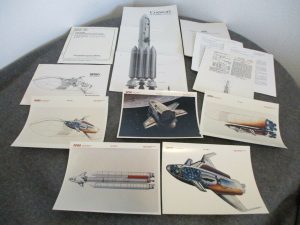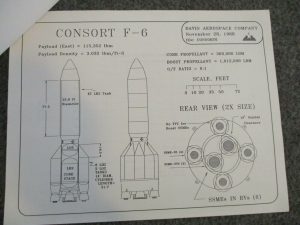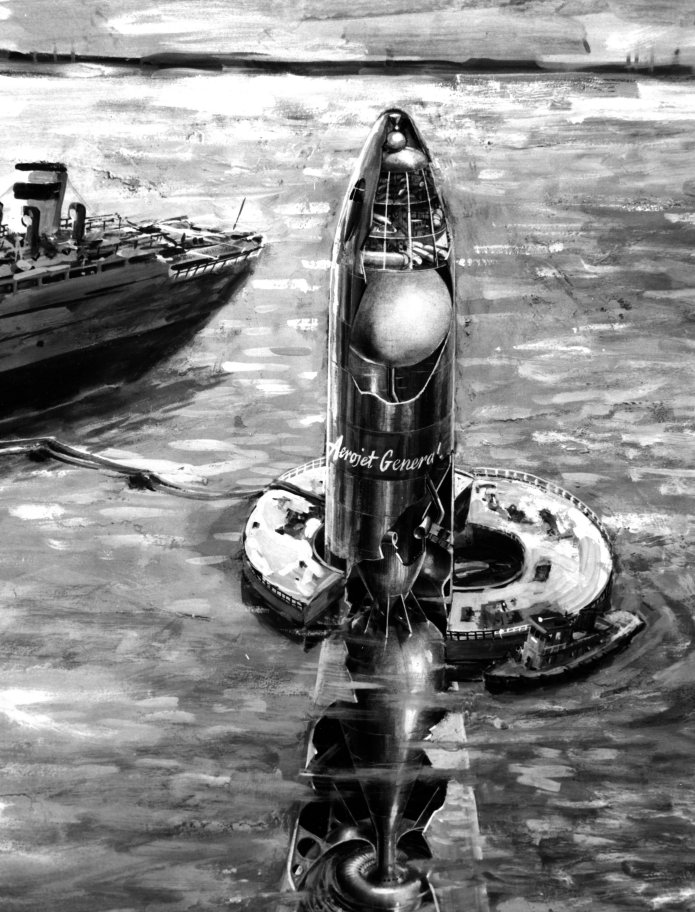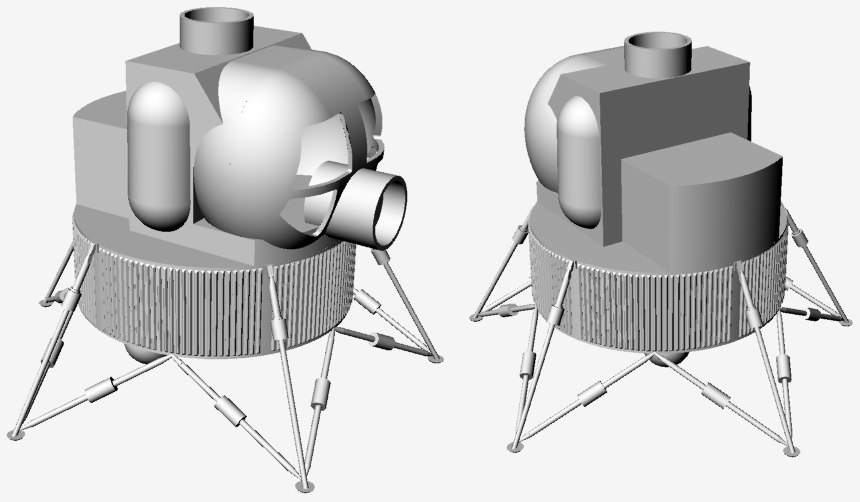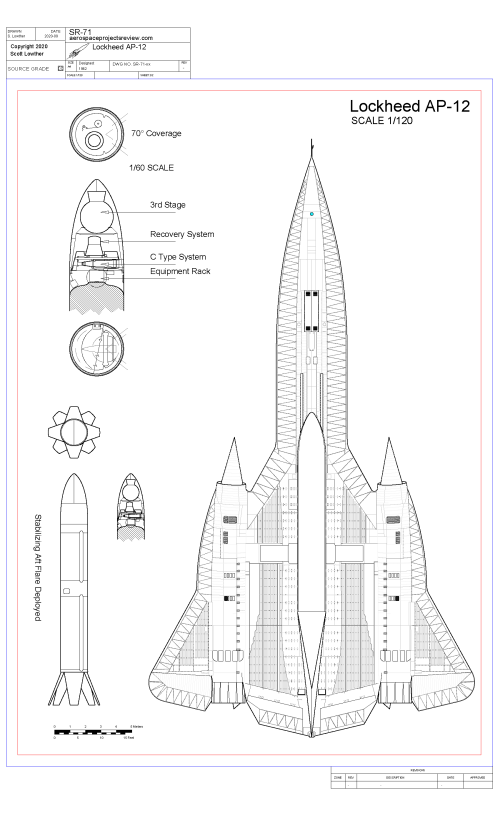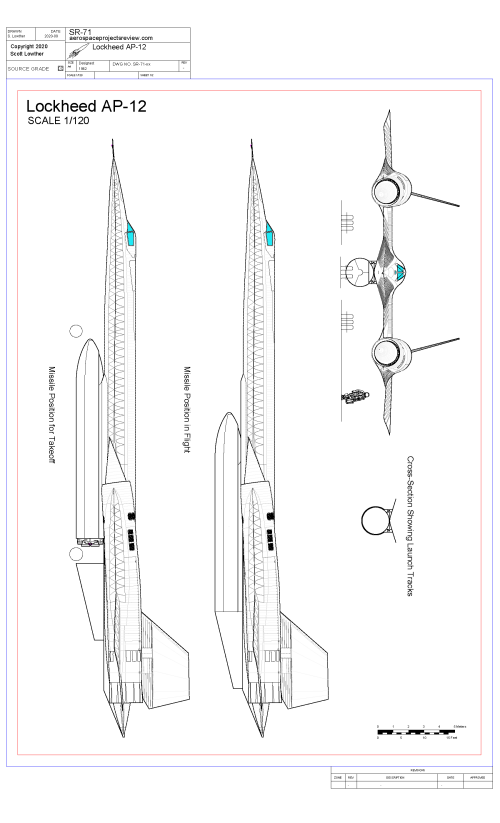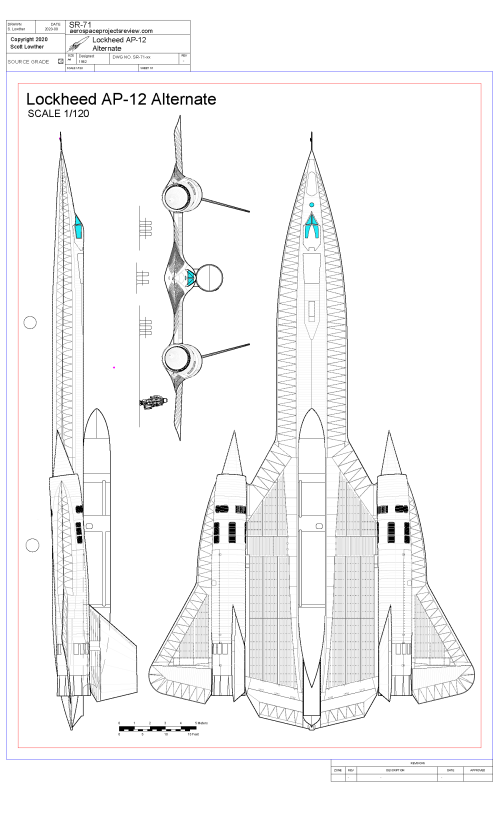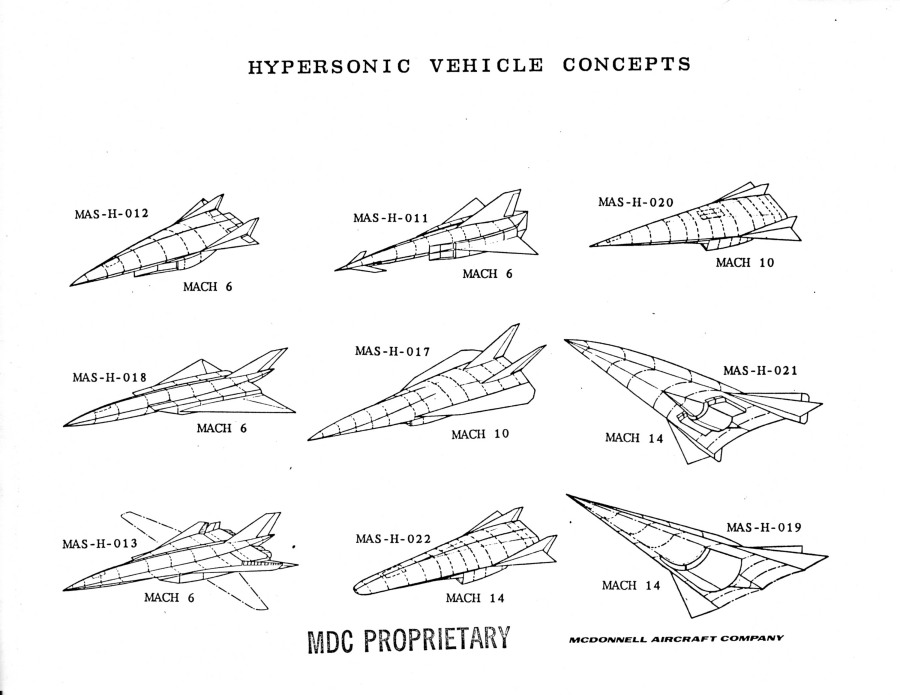So a lot of “Shuttle II” stuff appeared on eBay for an exorbitant price. I’m becoming increasingly leery of plunking down excessive sums for this sort of thing… not only due to my own finances and the onrushing economic meltdown, but because doing so incentivizes sellers to slap even more exorbitant prices on things. But, I put this lot before my APR patrons/subscribers as a potential crowdfunding opportunity, and enough signed on that I went ahead and purchased the lot. It should arrive early next week.
As with all my APR crowdfunds, the cost of the item is split evenly among the funders; the more funders, the lower the price per person. Each funder will receive a complete set of high-rez (300 DPI, full color… higher rez if called for) scans of the items. Typically these crowdfunded items then get sent on to appropriate archive, library or museum, though this time I’m not quite sure where they should go.
If you would be interested in signing on, send me an email ![]() . There are currently enough funders that the per-funder price is
. There are currently enough funders that the per-funder price is ~$24 under $14; the more sign on, the lower it’ll get. If you have a price limit noticeably lower than $14, let me know in your email. This will remain open until the stuff arrives, presumably early next week. At that point it’ll be closed and the price set.
Additionally: the box shown below, loaded with blueprints/diagrams, is somewhere in the system headed my way. It was procured sight unseen; I have high hopes. This sort of thing is made possible by the APR Patrons/Monthly Historical Documents Program subscribers. If you want to help preserve aerospace history and get in on these goodies, please consider subscribing.
